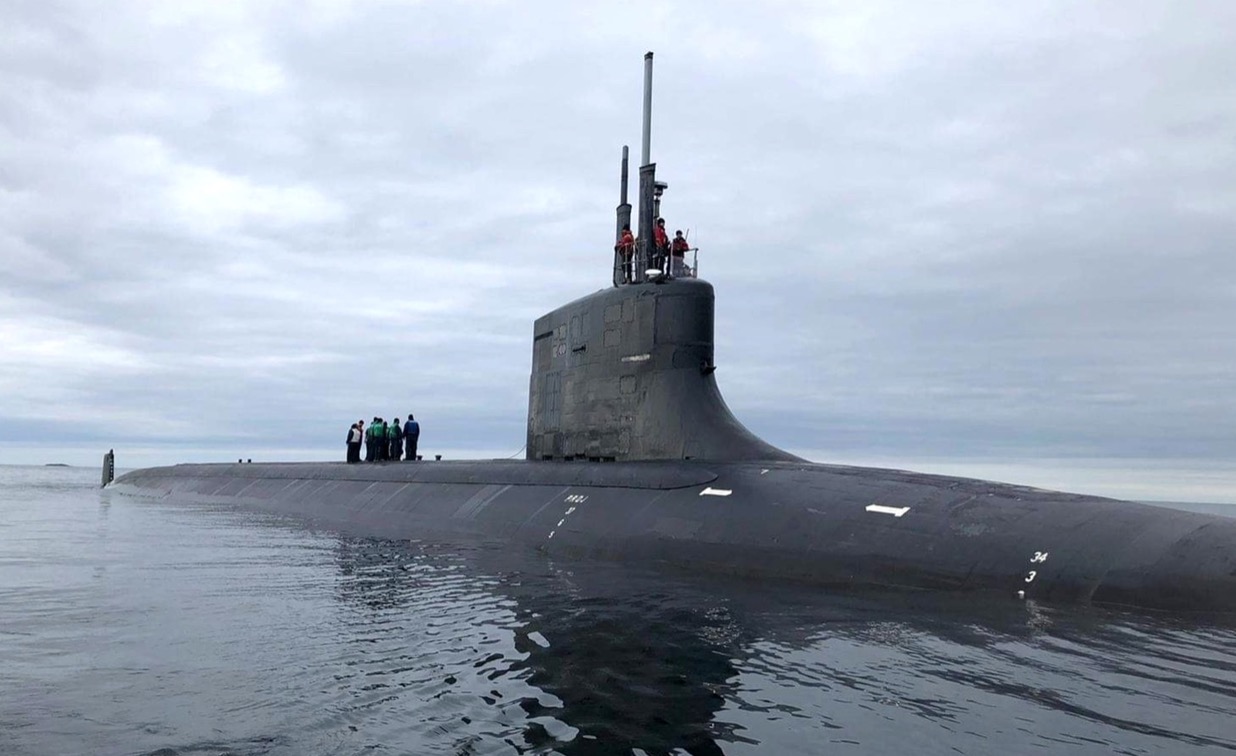

While Congress’ quick work in authorizing money for the Connecticut is welcome, the Navy’s continued silence on the hurt sub is unhealthy. Time For Department of Defense Leadership To Step Up? Congress is just blindly authorizing writing checks to fix a sub that will decommission two decades from now-no matter what the Puget Sound Naval Shipyard does to fix the sub’s present damage. Does the military value of all the displaced projects outweigh a decade or so of service clawed back from a damaged attack submarine, albeit a unique one? And if the emergent work on the Connecticut pushes the public shipyards into further disarray, will private yards take up the slack, further defunding America’s private shipyards? Treasury.įinally, repairing the USS Connecticut will push aside other critical projects at the Puget Sound Naval Shipyard for years. How will Seemann Composites-which spent 2016 to 2018 building facilities to support production of the Columbia class bow domes-handle an emergent requirement to re-engineer for a new “one-off” bow dome while managing their critical work on the Columbia class? And who in the Navy will adjudicate the unbendable Columbia class production schedule with the need to get a single Seawolf bow dome completed? These are all things Congress must help the Navy figure out before checks start leaving the U.S. This makes Seemann Composites the likely supplier of any replacement bow dome for the Connecticut.īut Seemann Composites is already under contract to build key parts for the Columbia class ballistic missile submarine-the Navy’s number one procurement priority-as well as parts of certain Virginia class submarines and unmanned vehicles.

In 2014, the Navy awarded Seemann Composites, LLC, a relatively small and specialized company from Gulfport, Mississippi, a contract to develop a program-plan for developing and building a substitute Seawolf class submarine bow dome. Connecticut’s repairs may disrupt other critical portions of America’s fragile submarine industrial base. In 2005, the last time the Navy ran a submarine into a mountain, the sub needed four years of work and the repairs cost America $134 million-almost twice the Navy’s original $79 million estimate. But, given the Navy’s poor estimating skills, few admirals are eager to publicly proffer a realistic cost target. Given all the Navy’s other pressing priorities, spending hundreds of millions to get a mere dozen more years out of the broken Connecticut may not be in the national interest.Īt a minimum, the Navy needs to tell taxpayers the expected cost of the repairs.


 0 kommentar(er)
0 kommentar(er)
